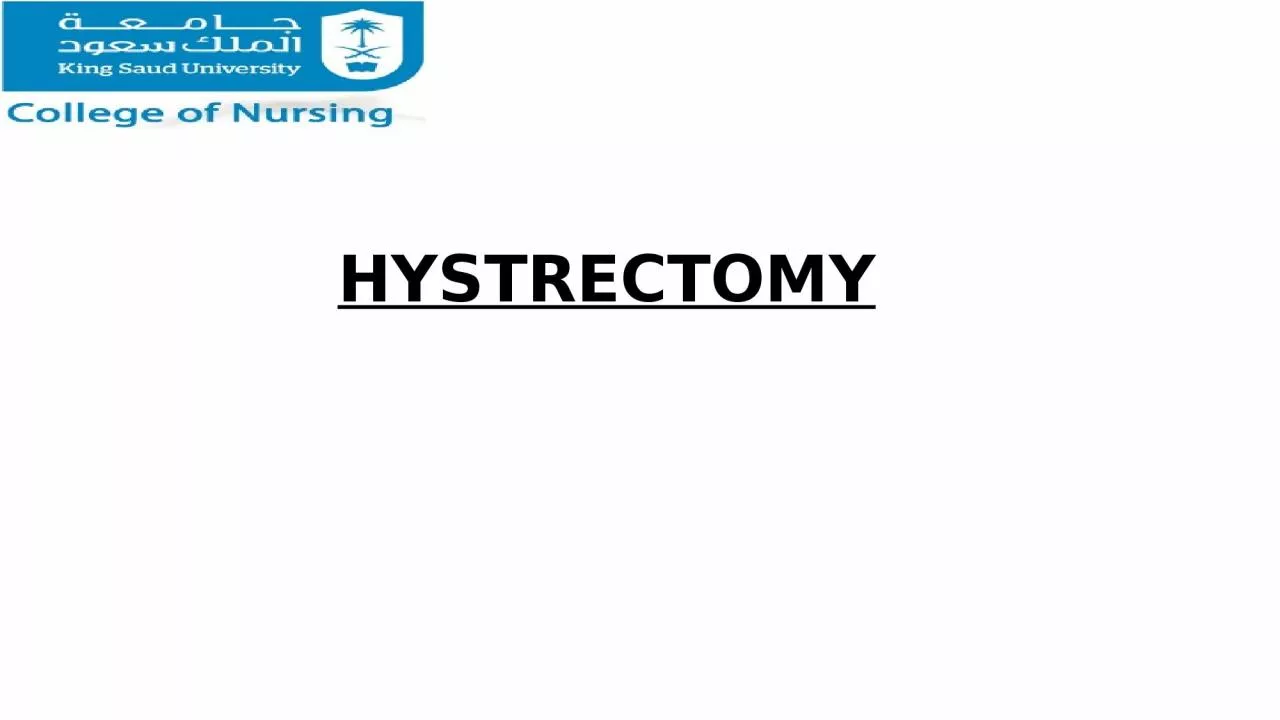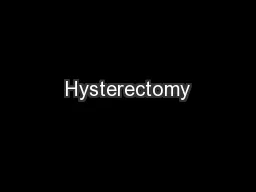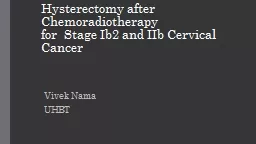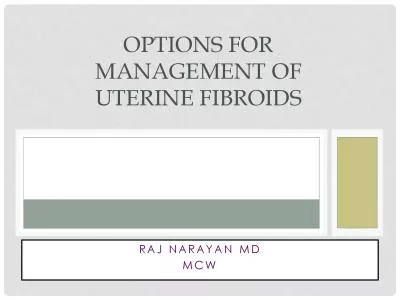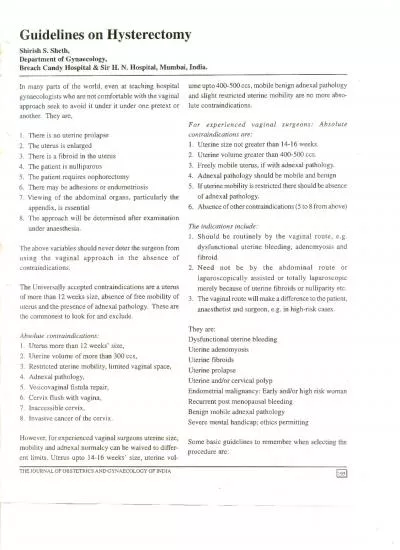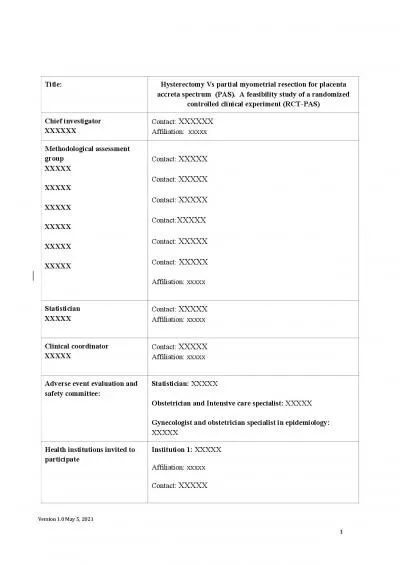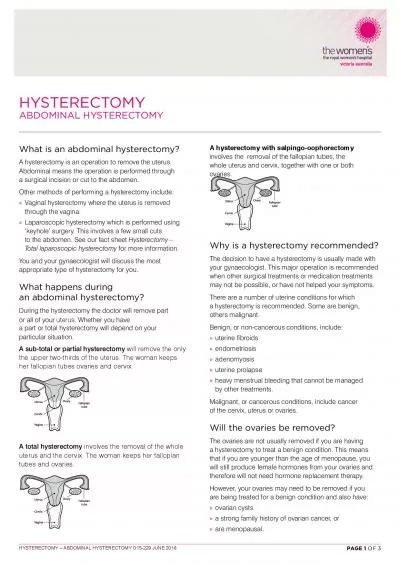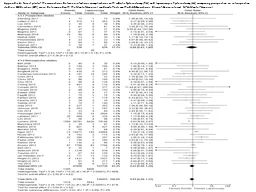PPT-HYSTRECTOMY Definition: Hysterectomy:
Author : faith | Published Date : 2022-06-28
Is the surgical removal of the uterus Types Emergency to control lifethreatening bleeding or hemorrhage and in the event of intractable pelvic infection
Presentation Embed Code
Download Presentation
Download Presentation The PPT/PDF document "HYSTRECTOMY Definition: Hysterectomy:" is the property of its rightful owner. Permission is granted to download and print the materials on this website for personal, non-commercial use only, and to display it on your personal computer provided you do not modify the materials and that you retain all copyright notices contained in the materials. By downloading content from our website, you accept the terms of this agreement.
HYSTRECTOMY Definition: Hysterectomy:: Transcript
Download Rules Of Document
"HYSTRECTOMY Definition: Hysterectomy:"The content belongs to its owner. You may download and print it for personal use, without modification, and keep all copyright notices. By downloading, you agree to these terms.
Related Documents

